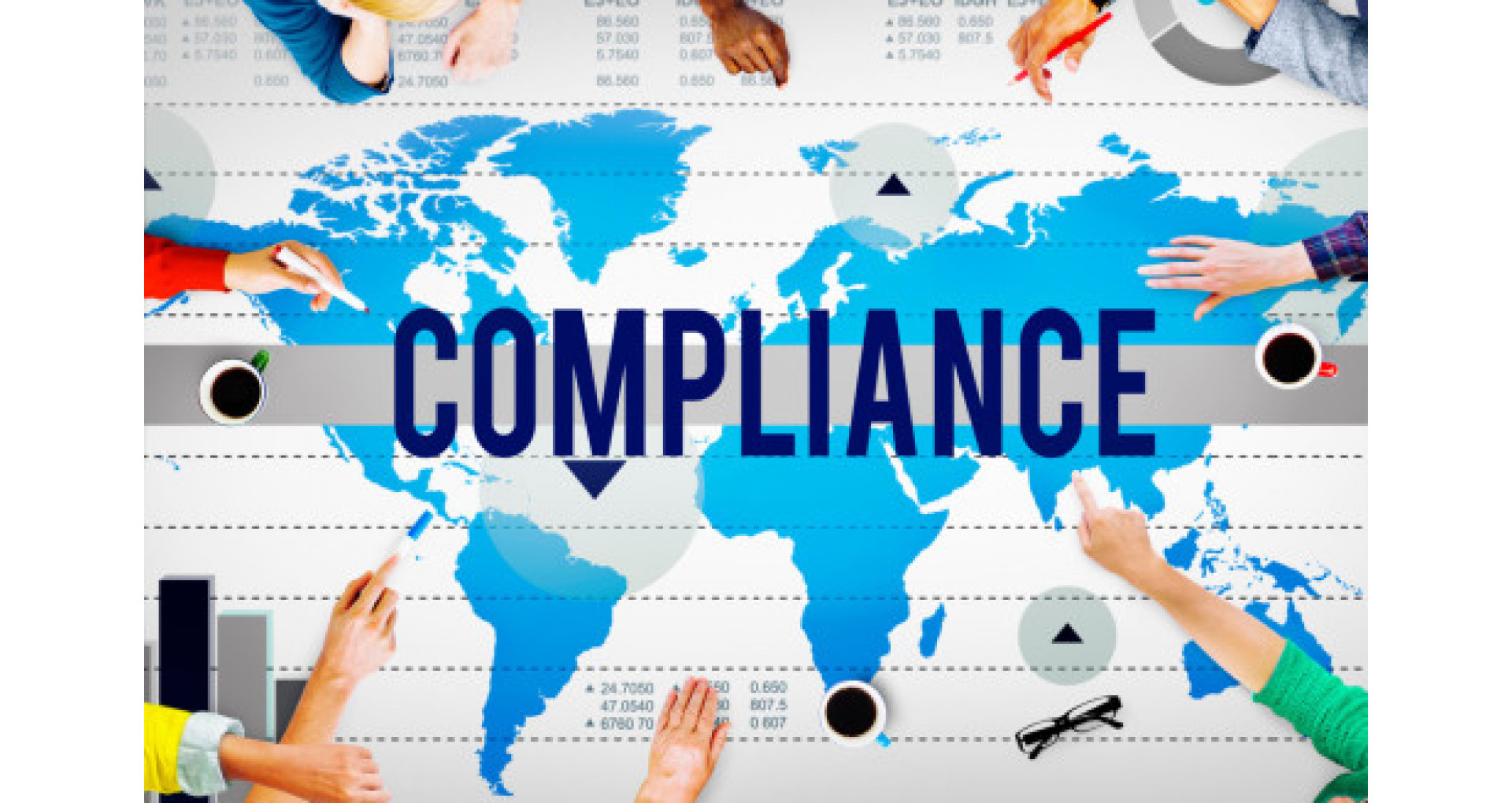
The Never-Ending Saga of Chemical Reduction
PFAS, and other chemicals, continue to face research and regulatory scrutiny around the globe, with new proposed regulations, restrictions, and bans arising on a regular basis. Over the last several years, concerns around PFAS, heavy metals and other chemicals have gained a lot of momentum. Many of the concerns have been amplified in the media and to some extent, because of that, have created worry with consumers. Worried consumers then call legislators, and legislators are able to drive regulatory change. One hopes that change and resources are balanced with risk, but this is not always the case. This topic is gaining increasing traction and just a few of these actions in recent months include:
PFAS Regulation
- In the U.S., the EPA has proposed a National Primary Drinking Water Regulation to establish legally enforceable, Maximum Contaminant Levels (MCLs) for six PFAS in drinking water including PFOA and PFOS MCLs of 4 ppt as individual contaminants, and PFHxS, PFNA, PFBS, and HFPO-DA (commonly referred to as GenX Chemicals) as a PFAS mixture based on the Hazard Index value. The proposed rule would require public water systems to monitor for these PFAS; notify the public of their levels; and reduce their levels in drinking water if they exceed the proposed standards. The agency expects to finalize the regulation by the end of 2023. The proposal also includes non-enforceable Maximum Contaminant Level Goals (MCLGs) of zero ppt for PFOA and PFOS.
- Meanwhile, in the EU, the European Chemicals Agency (ECHA) has proposed the restriction of about 10,000 per- and polyfluoroalkyl substances (PFASs) with the goal to reduce PFAS emissions into the environment and make products and processes safer. This proposal is likely to take longer to become regulation as it will need be checked by ECHA’s scientific committees for Risk Assessment (RAC) and for Socio-Economic Analysis (SEAC) to ensure it meets the legal requirements of REACH, then undergo scientific evaluation, with a six-month consultation. Once the two groups form their opinions on the proposal, they will be sent to the European Commission which, with the EU Member States, will decide on the potential restriction.
Beyond PFAS
- California, itself, has a proposed bill (AB 418), which would add a chapter to the Health and Safety Code related to food, prohibiting the manufacture, sell, deliver, distribute, hold, or offer for sale in commerce of a food product that contains brominated vegetable oil, potassium bromate, propylparaben, red dye 3, and titanium dioxide.
- The European Commission also is amending Regulation (EC) No 1881/2006 to reduce the maximum levels of inorganic arsenic in certain rice products, formula and foods for infants and young children, fruit juices and salt. The maximum levels are itemized in the Annex to the Regulation, with the amendment effective as of March 23, 2023; however, foods that were lawfully placed into market prior to that can continue to be sold.
With regulation often originating from consumer petition and/or research studies, the continuing growth of both means the food industry will continue to see an evolution of PFAS, chemical, and heavy metals limitations, both regulated and recommended. Take for example the new University of Notre Dame study, Environmental Science and Technology Letters which found evidence of PFAS migration from HDPE plastic containers into food, with seven days of leaching resulting in ranges of 2.66 to 7.19 ng/g plastic for certain foods, or the Consumer Reports petition to food industry retailers and foodservice providers to eliminate PFAS in packaging.
Having worked with food businesses, and written numerous Insights articles on the ever-closer to zero tolerance reductions on chemicals (including PFAS) and heavy metals in foods, TAG understands the difficulties food businesses face in dealing with the regulatory and consumer pressures of attempting to reduce levels to “parts per” that are significantly lower than the actual risk and nearly impossible to achieve. This is particularly at issue with heavy metals and some chemicals being natural in the environment – and even Consumer Reports, itself, acknowledging that “trace amounts of PFAS in food packaging may be inevitable.”
That said, regulations will continue to dip lower both within the U.S. and along the global supply chain, so food businesses are advised to stay ahead of the game: Know what chemicals and heavy metals are most common in the ingredients and supplies you use and the geographic areas from which they come. Stay up to date on detection and mitigation measures, and work your level best to comply when regulations come into force.
Need assistance? Give TAG a call. We have experts who can help.